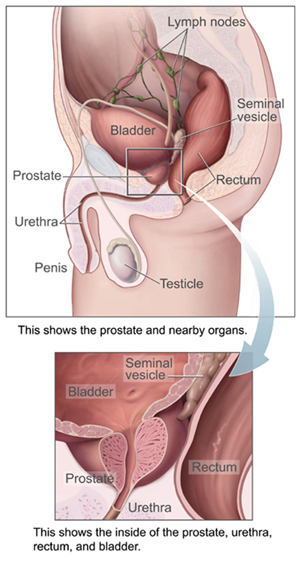
Like most diseases, breast cancer is also curable. There are many women who have graciously accepted the disease and by sheer will power took charge of their lives. Many, now cured, are caregivers and are on missions to help others prevent and fight it. although precautions do not rule out the possibilities of breast cancer, it is desirable to ensure preventive measures at an early age. Breast cancer is increasing at an alarming rate. the actual cause is yet to be known fully, but is probably due to a multitude of factors. Factors associated with breast cancer Unhealthy lifestyle and erratic living patterns, that include late pregnancy and women nursing a fewer children and weaning them early. Age and growing older is the biggest factor just as it is for several other illnesses. Obesity is a slow killer. keep your weight down since post menopausal weight gain is associated with high levels of estrogen, something which is proven to be a major risk factor for breast cancer. We must not ignore any kind of lump that could be felt through physical examination. Heaviness of the chest, any noticeable indentation, wrinkling of the skin and nipples, swelling in the arm-pit, tenderness in the breast are the symptoms that should send us to the doctor’s office. also, changes in the color, contour, texture or temperature are the additional symptoms. Periodic self examining is advisable to check for these signs sooner. How to self examine Stand in front of a mirror with your hands held up, behind the head and contract the body tight. look for for any abnormal swelling or lump. Palpate different segments and feel for lumps or pain. Notice for indrawn or dimpled nipples or scaling or any unusual dryness. Finally, check for any discharge from the nipples. Precautions Do a self-examination every month beginning at about the age of 22. Check your breasts a few days after your period when the breasts are usually tender. Moderated daily diet rich in omega-3 fatty acids and low-gluten food reduces the risk. Limit alcohol intake and stop smoking. Lastly, exercise. it is an easy, chemical free and non-invasive form of cancer prevention. Diagnosis Diagnostic tools have been modernized over the years. Simple tests like Mammograms and Ultra-sonography are now being done with advanced machines that pick up the smallest of abnormalities. Apart from these, needle aspiration and surgical biopsy are done to detect carcinoma. Needle aspiration involves injecting a fine needle in the lump and extracting the cells to test for cancer cells. In surgical biopsy a small part of the lump is removed by surgery and then it is sent for diagnosis. Do men get breast cancer? Men can develop breast cancer. Men also have breast tissue, but less than women. Breast cancer is uncommon in men, accounting for fewer than 1% of all breast cancers. what is the genetic risk? the chances of inheriting breast cancer aren’t high, even if someone in your family has had the disease. although, anyone with immediate relatives who have had breast cancer is at increased risk, most people don’t inherit breast cancer with preventive measures and a healthy lifestyle.